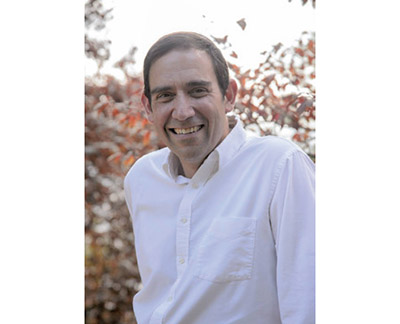
Each of the five volumes of Torah She’bichtav carries a nickname that captures its core theme. Fittingly, the nickname for Sefer Shemot is Sefer Hageula since it contains the saga of our first redemption from Egypt. Yet, the “Book of Redemption” concludes on a very strange note and in a very peculiar locale. The Jews have yet to arrive in the Land of Redemption and are mired in a barren and empty desert wilderness. How can a Book of Redemption culminate in a landscape so distant from Eretz Yisrael? The ending of Sefer Hageula doesn’t feel so redemptive!
In his introduction to Sefer Shemot the Ramban preempts this concern: Redemption consists of an encounter between man and God. That encounter—at both a national and personal level—climaxes with the induction of the Mishkan, detailed in the end of Pekudei. The final few verses of Pekudei portray the descent of the Shechina into the human realm, the achievement of redemption and the apex of the Book of Redemption.
Implicit in the Ramban’s comments is the notion that geula isn’t geographically limited to the Land of Israel. As God isn’t bound by space, the encounter with Him isn’t context-specific. In fact, the actual term “geula” is employed by the Torah (in Parshat Behar) to describe the reclamation by family members of previously sold lands. By re-acquiring properties lost through purchase, “geula” of land has occurred. The term geula signifies any restoration of a previous state that has been abandoned or forfeited. In this vein, a rendezvous with Hashem reclaims a relationship that has withered under the challenges of a cold and confusing world; it reclaims lost experiences and relationships. The inauguration of the Mishkan highlighted and facilitated that encounter and this reclamation. For the first time in 2448 years since man was banished from Gan Eden, the Shechina was present and palpable.
This concept is crucial in calibrating a balanced approach to the formidable and formative concept of geula. Indeed, ultimate historical geula can only occur in one location and with the assembly of Jews in their homeland of Israel. Western culture views history as evolutionary and open-ended. Judaism recognizes that history is circular and coursing to a predetermined endpoint—the return of an entire nation to their ancient homeland accompanied by the emergence of discernible Shechina-presence for an entire world. This form of “universal” or “historical” geula is fixed in time (as yet undetermined) and place—Eretz Yisrael. Yet, geula occurs at many levels, and any success at Shechinah-encounter is a geula achievement. Redemption can occur in a windswept desert, and the Sefer Hageula can climax outside of Israel!
This notion of a “space-less” geula has perennial importance but is more compelling and critical in an era of historical redemption. For the past 2,000 years, historical redemption has seemed remote and the draw and significance of spaceless geula was obvious and captivating. Kabbalah in particular advocated an active role for man in a redemptive process beyond space and time, and even when distant from the Land of Israel. Jews may have been disempowered historically but they were always empowered to be part of larger redemptive narrative—to draw Hashem’s presence and His values into a world of darkness—often at great personal and collective costs. The powerful presence of God in our world is a testament to our redemptive efforts for the past two millennia.
Suddenly, over the past 70 years we have been chosen to be pioneers in an era of historical redemption and to participate in the resettling of our nation in their homeland. We sense history accelerating to its ultimate terminus and the consequent redemption of an entire planet. These newfound opportunities should be seized, and failure to capitalize upon them is a fundamental religious flaw. One of the questions a person will be challenged with by the Heavenly court is whether they “anticipated geula” (tzipita l’yeshua). That question resonates more deeply in 2018 than it did in 1818, and our answers must reflect that changing historical reality.
However, our exhilaration at this opportunity cannot blind us to the opportunity for geula independent of location. Those who do not yet live in Israel are still challenged to personal geula just as they can participate from afar in historical geula. Likewise, if historical geula is to be realized in the Land of Israel, it must be driven not just by historical and political forces but by the core engine of geula—the evolving presence of Hakadosh Baruch Hu in our world. Our efforts at statehood and political restoration must be flavored with an overarching sense of drawing Hashem into our world. These two redemptive cycles must merge.
By Rabbi Moshe Taragin
Rabbi Moshe Taragin is a rebbe at Yeshivat Har Etzion located in Gush Etzion where he resides.










